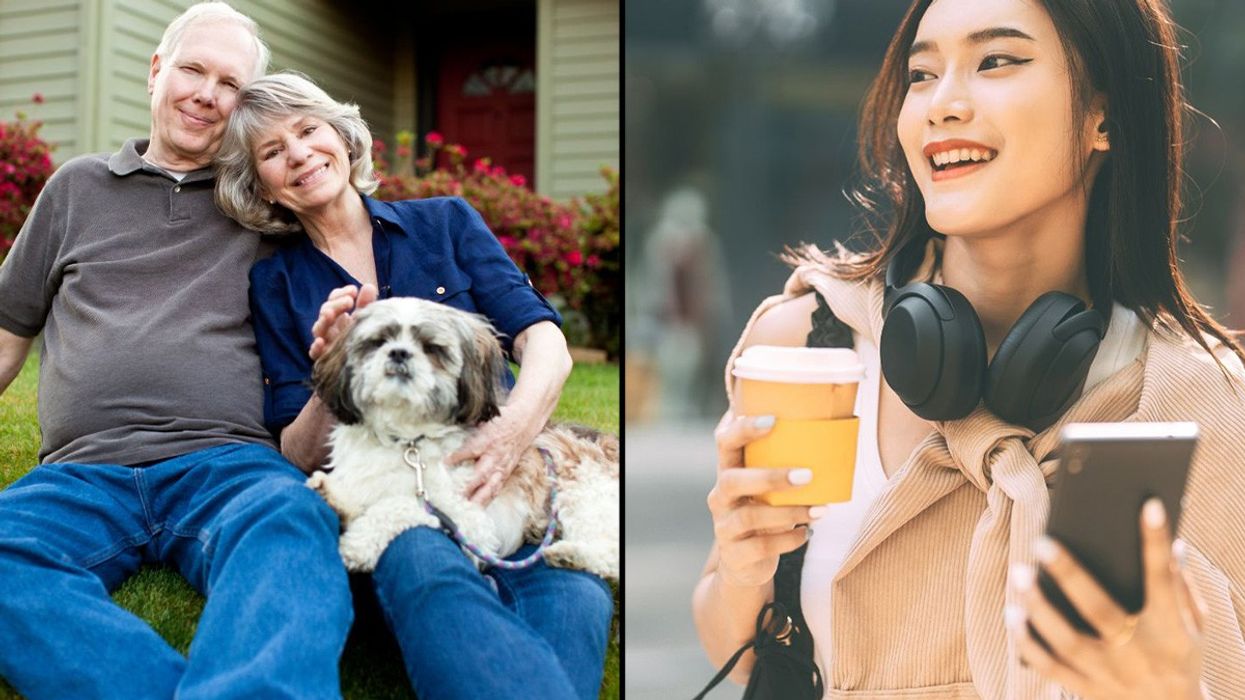Each year, millions of tourists flock to Istanbul, Turkey's largest city, drawn by its grand palaces, elegant timber mansions, lush parks, scenic ferry rides, and intricate ceramic art. But among the bustling crowds and historic sites, visitors may notice an unusual local celebrity—the friendly face of Boji, a commuter street dog known to just about everyone who regularly travels through the city.

Boji, once a stray, has become a dedicated commuter, exploring Istanbul via ferries, buses, metro trains, trams, and subway cars. His name, "Boji," is derived from the Turkish word for "bogie," the area between subway cars he loves to ride. This Anatolian shepherd mix, with his golden-brown coat, soulful dark eyes, and floppy ears, has won hearts across social media, achieving near-celebrity status as the city’s most beloved passenger.

In 2021, municipal officials were amazed to learn about this dog’s travels. They arranged for his vaccination and fitted a microchip on his body to track his movements. The trackers reported that Boji traveled an estimated 30 kilometers a day, passing through dozens of metro stations and taking at least two ferry rides. “He knows where to go. He knows where to get out,” said Aylin Erol, the head of customer relations at Metro Istanbul, per CNN.

Later that year, Chris McGrath, a Getty Images photographer, spent a day with Boji and documented his adventures in a series of photographs. In his interview with CNN, McGrath described the canine as a " free spirit. All he wants to do is ride on transportation. Every time he goes past a bus or van, or any form of transport, he just wants to get on it. It’s quite bizarre.”

McGrath recalled that Boji is well aware of what he needs to do and where he needs to go while traveling on trains or ferries. He also said that Boji likes the vibrations of the vehicles’ engines, so he usually sits where the wheels are underneath. The pup doesn’t like cats, though.

Although nowadays, Boji has a Wikipedia page dedicated to his information, McGrath first learned about him via Twitter, “Everybody knows him now. Everybody sees him,” he said. McGrath described that municipal officials also took Boji for grooming and behavioral therapy sessions, gave him some TLC, and created a kennel at one of the metro stations.

McGrath also said that the municipality will soon be putting posters of Boji on the transit system, guiding people on how to interact with him. “He doesn’t listen to anybody. Like if you do try to tell him something, he just ignores you. Lots of people say, ‘Come over here, sit here,’ and he just ignores it. He goes where he wants to go. He’s that sort of spirit. He just wants to go and do his own thing, and travel around, and he’s quite content doing it.”

In 2022, according to the Daily Sabah, Boji was adopted by Mehmet Ömer Koç, a billionaire, Turkish businessman, art collector, and chairman of Koç Holding. At this time, the commuter dog was spending his days at a shelter operated by Istanbul Metropolitan Municipality (IBB) to stay warm in the cold weather. That’s when the city’s mayor, Ekrem Imamoğlu announced his new home on Twitter and thanked Koç, "Boji, Istanbul's world-famous dog, now has a home where he can roam, run freely. He will be away from people who wanted to hurt him," he tweeted.
According to Hurriyet News, in 2022, Istanbul’s celebrity pooch also inspired a cryptocurrency project aimed at helping stray animals. A portion of the transaction fees obtained from the cryptocurrency released under the name “Boji Token” is donated to shelters as dog food.
Wanderlust can take one to places, and in the case of Boji, he is already on his way to traverse the globe. According to his Wikipedia page, Boji was last spotted in London with his owner on a London bus. Well, he is the dog who likes to wander and wouldn’t stop!
This article originally appeared 6 months ago.


















 Ladder leads out of darkness.Photo credit
Ladder leads out of darkness.Photo credit  Woman's reflection in shadow.Photo credit
Woman's reflection in shadow.Photo credit  Young woman frazzled.Photo credit
Young woman frazzled.Photo credit 





 Robin Williams performs for military men and women as part of a United Service Organization (USO) show on board Camp Phoenix in December 2007
Robin Williams performs for military men and women as part of a United Service Organization (USO) show on board Camp Phoenix in December 2007 Gif of Robin Williams via
Gif of Robin Williams via
Will your current friends still be with you after seven years?
Professor shares how many years a friendship must last before it'll become lifelong
Think of your best friend. How long have you known them? Growing up, children make friends and say they’ll be best friends forever. That’s where “BFF” came from, for crying out loud. But is the concept of the lifelong friend real? If so, how many years of friendship will have to bloom before a friendship goes the distance? Well, a Dutch study may have the answer to that last question.
Sociologist Gerald Mollenhorst and his team in the Netherlands did extensive research on friendships and made some interesting findings in his surveys and studies. Mollenhorst found that over half of your friendships will “shed” within seven years. However, the relationships that go past the seven-year mark tend to last. This led to the prevailing theory that most friendships lasting more than seven years would endure throughout a person’s lifetime.
In Mollenhorst’s findings, lifelong friendships seem to come down to one thing: reciprocal effort. The primary reason so many friendships form and fade within seven-year cycles has much to do with a person’s ages and life stages. A lot of people lose touch with elementary and high school friends because so many leave home to attend college. Work friends change when someone gets promoted or finds a better job in a different state. Some friends get married and have children, reducing one-on-one time together, and thus a friendship fades. It’s easy to lose friends, but naturally harder to keep them when you’re no longer in proximity.
Some people on Reddit even wonder if lifelong friendships are actually real or just a romanticized thought nowadays. However, older commenters showed that lifelong friendship is still possible:
“I met my friend on the first day of kindergarten. Maybe not the very first day, but within the first week. We were texting each other stupid memes just yesterday. This year we’ll both celebrate our 58th birthdays.”
“My oldest friend and I met when she was just 5 and I was 9. Next-door neighbors. We're now both over 60 and still talk weekly and visit at least twice a year.”
“I’m 55. I’ve just spent a weekend with friends I met 24 and 32 years ago respectively. I’m also still in touch with my penpal in the States. I was 15 when we started writing to each other.”
“My friends (3 of them) go back to my college days in my 20’s that I still talk to a minimum of once a week. I'm in my early 60s now.”
“We ebb and flow. Sometimes many years will pass as we go through different things and phases. Nobody gets buttsore if we aren’t in touch all the time. In our 50s we don’t try and argue or be petty like we did before. But I love them. I don’t need a weekly lunch to know that. I could make a call right now if I needed something. Same with them.”
Maintaining a friendship for life is never guaranteed, but there are ways, psychotherapists say, that can make a friendship last. It’s not easy, but for a friendship to last, both participants need to make room for patience and place greater weight on their similarities than on the differences that may develop over time. Along with that, it’s helpful to be tolerant of large distances and gaps of time between visits, too. It’s not easy, and it requires both people involved to be equally invested to keep the friendship alive and from becoming stagnant.
As tough as it sounds, it is still possible. You may be a fortunate person who can name several friends you’ve kept for over seven years or over seventy years. But if you’re not, every new friendship you make has the same chance and potential of being lifelong.